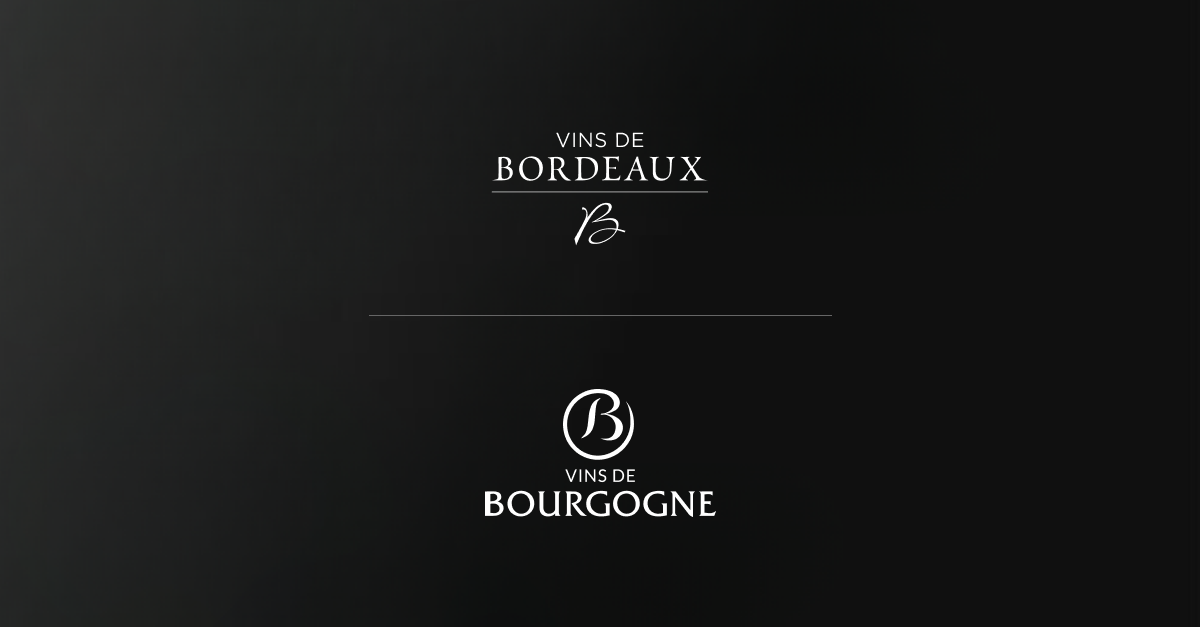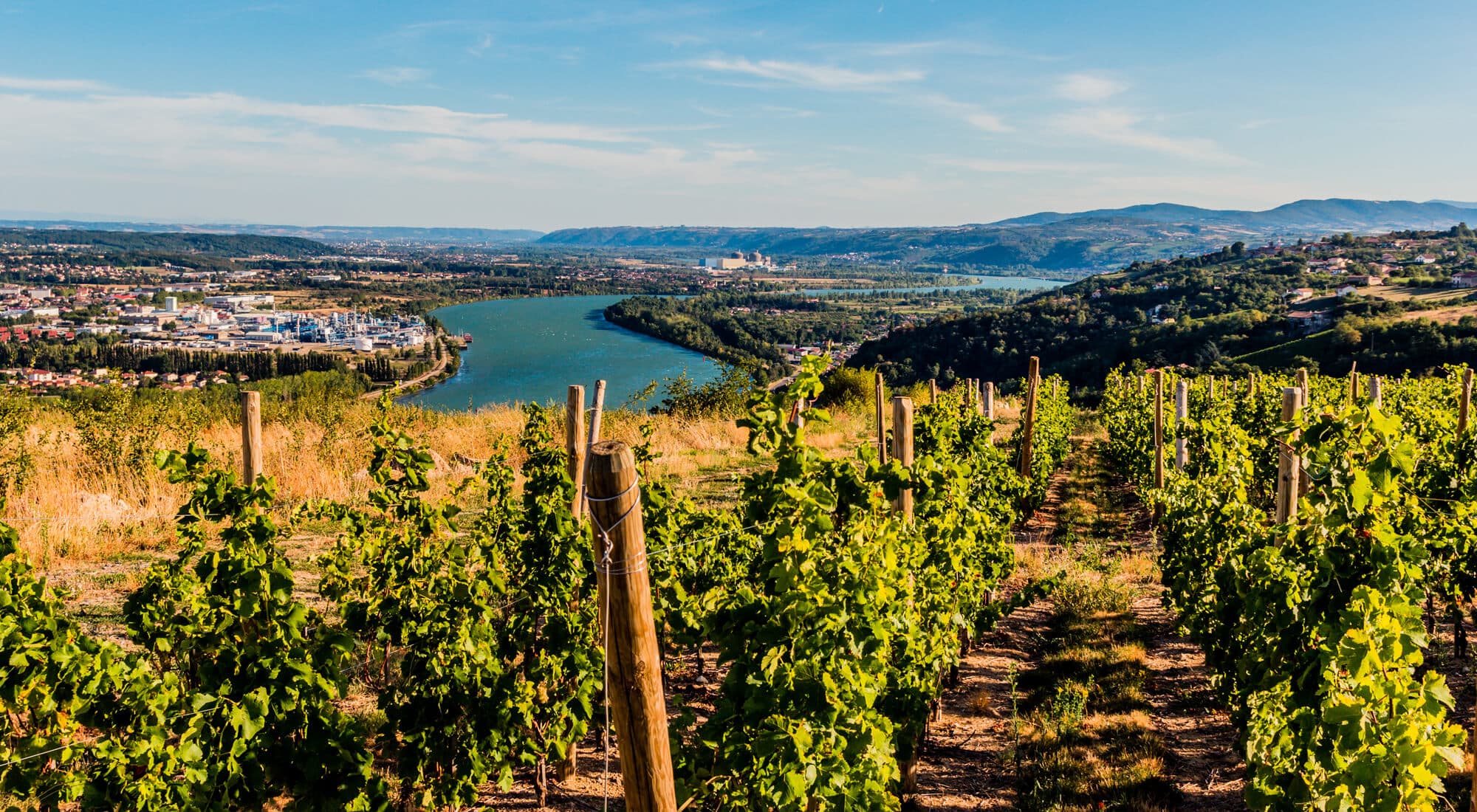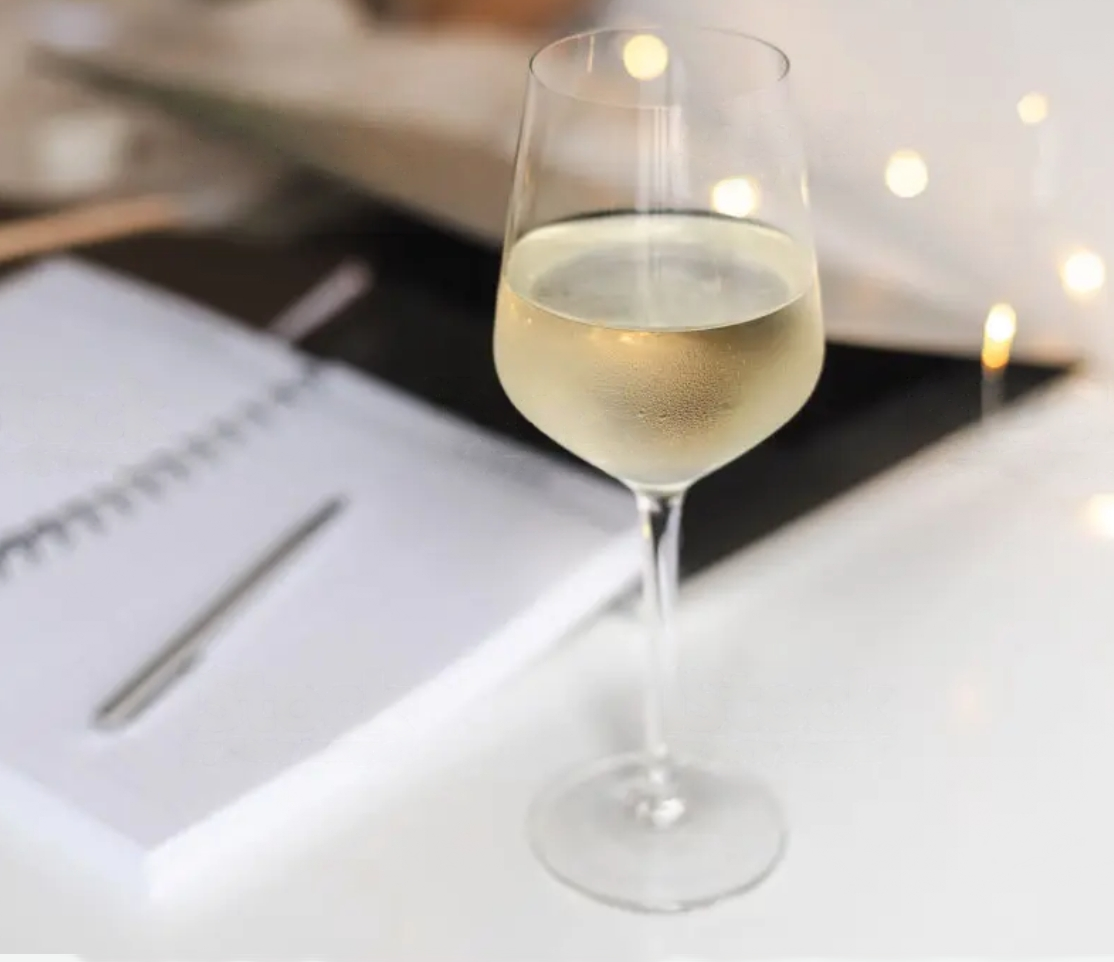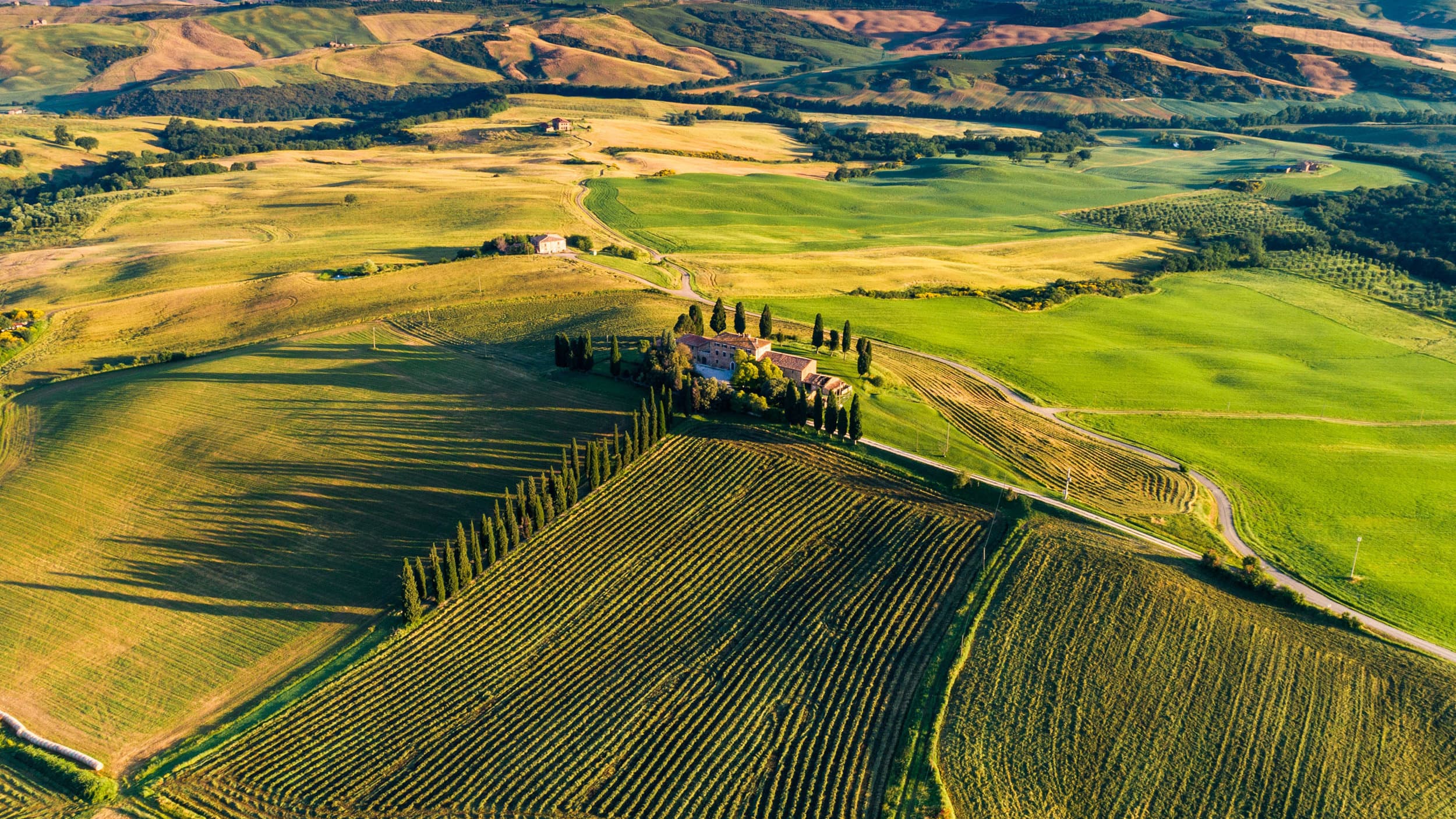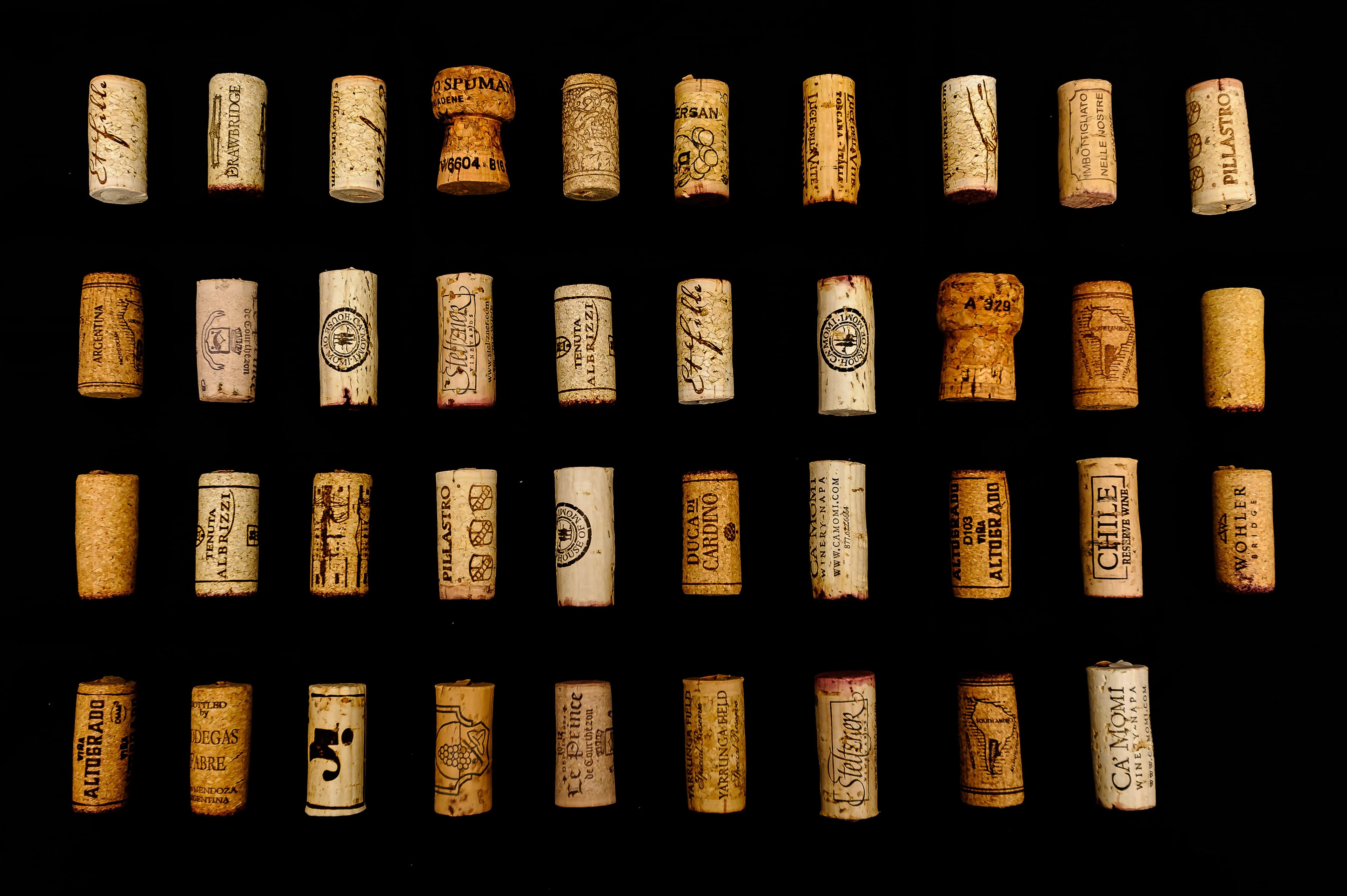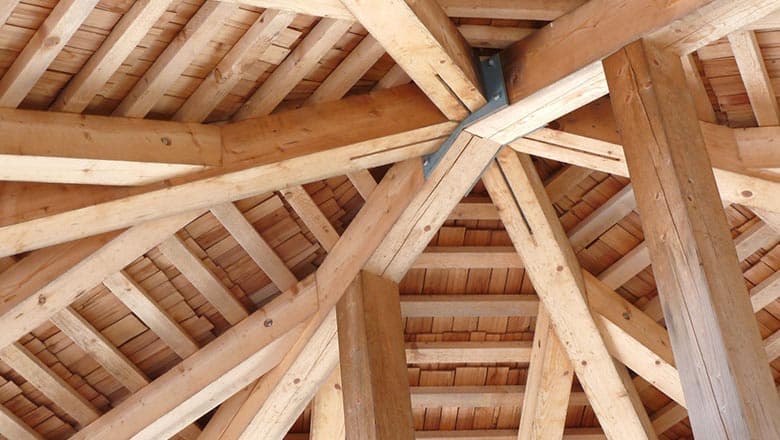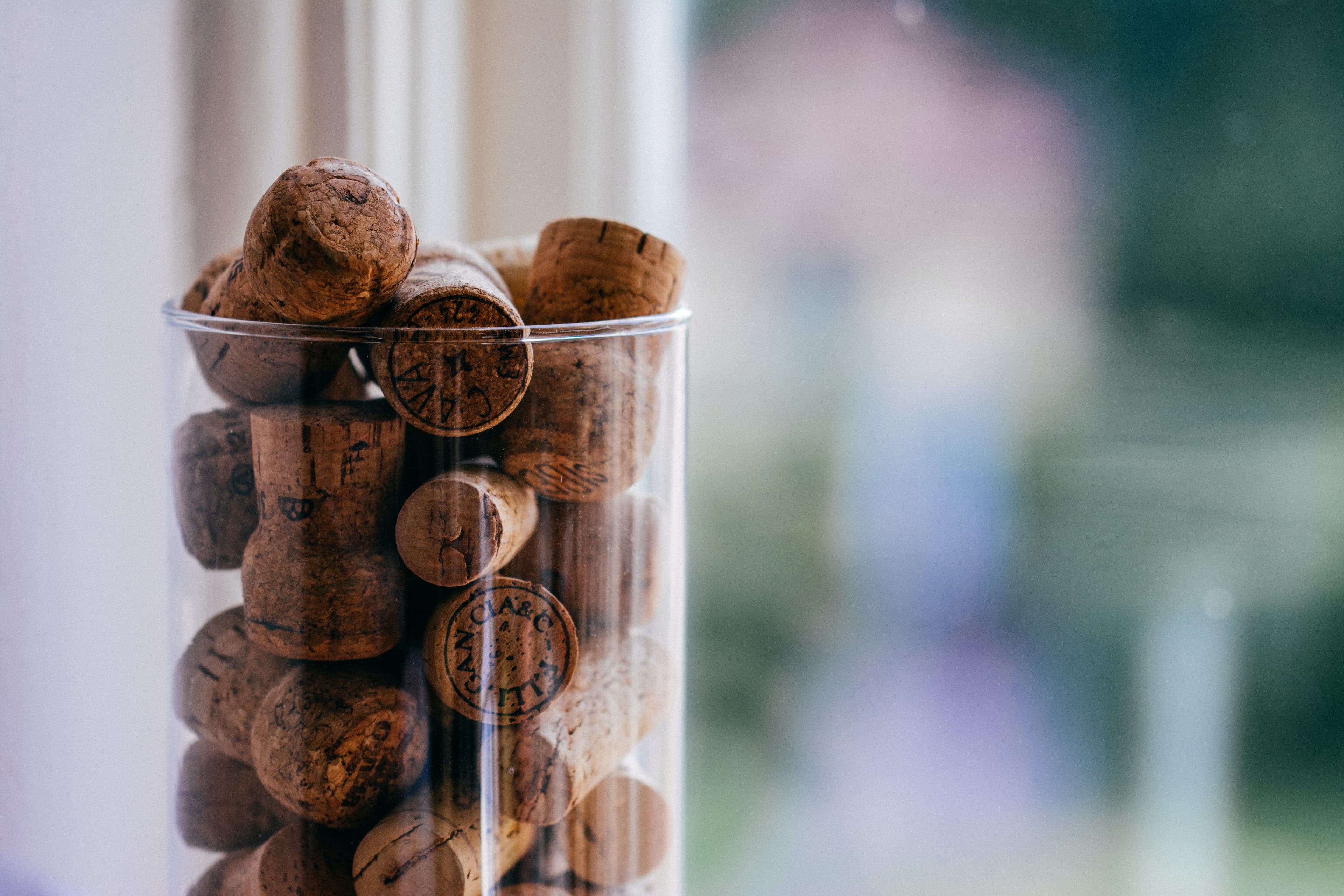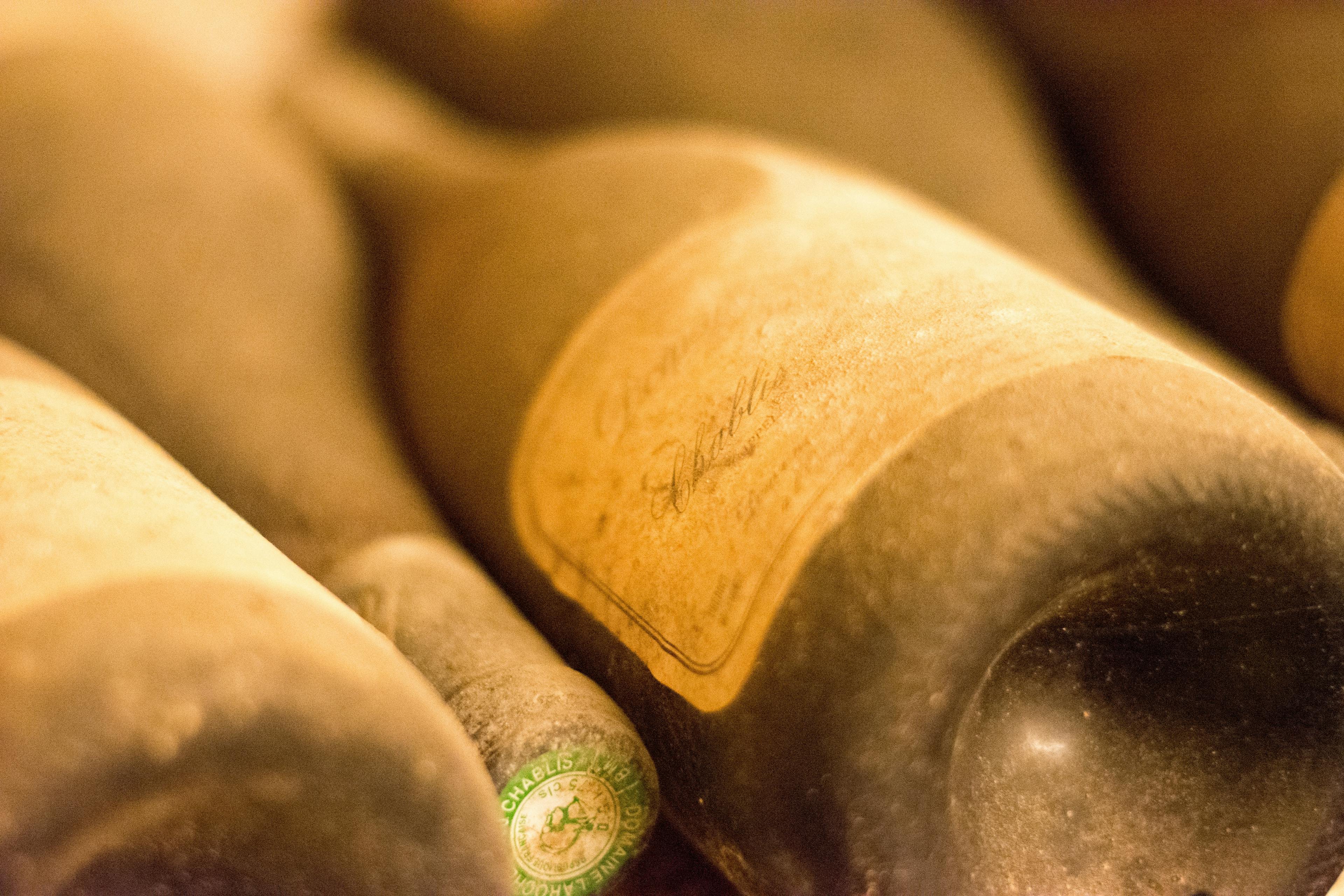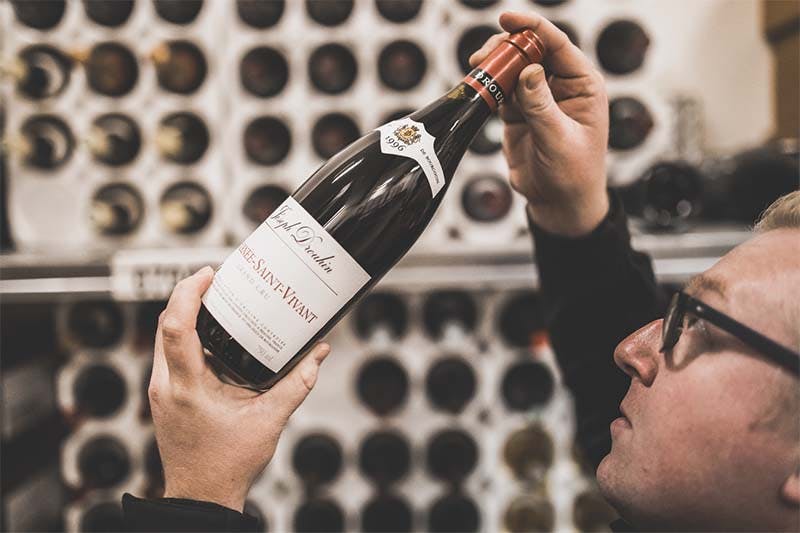
Discover the unique flavors and characteristics of Coche-Dury, a name synonymous with excellence in the world of wine. This article delves into the sensory experiences offered by Coche-Dury, exploring the nuances that make its wines a favorite among connoisseurs. From the vineyard's meticulous cultivation practices to the sophisticated aging process, each bottle of Coche-Dury wine tells a story of passion and precision. Join us as we unravel the layers of taste that define this prestigious label, and understand why it stands out in the crowded field of fine wines.
Profile of Coche-Dury’s Aroma and Bouquet
Exploring the aroma and bouquet of Coche-Dury reveals a complex and enticing profile that captivates connoisseurs worldwide. This esteemed winery, renowned for its meticulous vineyard management and precision in winemaking, produces wines with a distinctive sensory profile. The nose is typically greeted with vibrant notes of citrus, complemented by undertones of toasted hazelnut and a hint of flint, reflecting the unique terroir of Burgundy.
Upon deeper olfactory investigation, hints of apple and pear emerge, seamlessly blending with subtle mineral nuances. These elements are often enveloped in a delicate veil of vanilla, derived from the carefully managed oak aging process. The overall effect is a harmonious and layered aroma that sets the stage for the tasting experience.
For those looking to fully appreciate the nuances of Coche-Dury, it is crucial to serve it at the correct temperature and in the appropriate glassware. This ensures that each element of the bouquet is vividly presented, allowing the wine to express its full potential. Here are a few key points to consider:
Serve chilled, ideally between 10-12°C.
Use a well-shaped wine glass to concentrate the aromas at the nose.
Allow the wine to breathe before tasting to enhance its aromatic profile.
Identifying the Flavor Notes in Coche-Dury
Identifying the flavor notes in Coche-Dury requires a discerning palate, as this esteemed Burgundy wine is celebrated for its complexity and depth. When tasting Coche-Dury, enthusiasts often detect a vibrant array of aromas and flavors that can vary significantly depending on the vintage and specific vineyard. Commonly, one might recognize the crispness of green apple and the richness of ripe pear, which are typically prominent in younger vintages. As the wine ages, subtler notes such as toasted almond, honey, and a hint of minerality become more pronounced, enhancing the overall sensory experience.
Citrus Zest: Adds a refreshing sharpness, balancing the richer undertones.
Vanilla: Often emerges from the oak aging process, lending a smooth, creamy texture.
Spice: Hints of nutmeg or clove can be detected, particularly in well-aged bottles.
Proper storage is crucial to preserve the delicate balance of flavors in Coche-Dury. Learn more about how to store it safely to maintain its quality and enjoy its evolution over time.
The Texture and Mouthfeel of Coche-Dury
The texture and mouthfeel of Coche-Dury wines are celebrated for their remarkable complexity and balance, making them a standout choice for wine enthusiasts. When enjoying Coche-Dury, one can expect a velvety texture that coats the palate, offering a sensory experience that is both rich and engaging. The wines typically exhibit a fine balance between acidity and minerality, which contributes to their silky mouthfeel.
Richness: Coche-Dury wines are often noted for their creamy richness, which comes from meticulous oak aging. This process enhances the wine's body, adding a layer of complexity that is deeply satisfying.
Acidity: The vibrant acidity in these wines ensures that despite their richness, they remain fresh and lively on the palate. This crispness makes them particularly enjoyable with a variety of dishes.
Minerality: A distinct mineral quality is a hallmark of Coche-Dury, lending a unique character that resonates well with the wine's textural elements. This feature often manifests as a slight chalkiness, which complements the overall smoothness.
Each sip reveals these intricacies, making the experience of drinking Coche-Dury truly memorable.
Influence of Terroir on Coche-Dury’s Taste
The influence of terroir on Coche-Dury’s taste is profound, shaping the unique characteristics that define this esteemed winery's output. Terroir refers to the environmental conditions, especially soil and climate, in which grapes are grown. This concept is particularly significant in Burgundy, where Coche-Dury is located. Each plot of land imparts a distinct set of flavors and qualities to the wine produced from its grapes.
For Coche-Dury, the terroir varies significantly across its vineyards, which include prestigious plots in Meursault and Corton-Charlemagne. The soil composition ranges from limestone to marl, each contributing differently to the mineral complexity and aromatic profile of the wines. The climatic conditions also play a crucial role. Burgundy’s climate can vary from year to year, affecting the ripeness and flavor concentration in the grapes. This variability leads to the distinctiveness found among popular vintages.
Limestone soils typically enhance the wine’s acidity and structure, leading to long-lived wines with great elegance.
Marl soils, on the other hand, tend to produce wines that are richer and more opulent, often with a softer mouthfeel.
Understanding these nuances helps connoisseurs appreciate why each bottle of Coche-Dury has its own story, directly influenced by its terroir.
Aging Potential and Its Impact on Flavor
Aging potential significantly influences the flavor profile of wines, and this is particularly evident in wines from Coche-Dury. As these wines age, they develop a complexity and depth that can only be achieved through time and careful craftsmanship. The impact of aging on Coche-Dury wines includes several key transformations:
Development of Aromatic Complexity: Initially, these wines might present vibrant, fresh fruit aromas. Over years, they evolve to exhibit more nuanced scents such as nuts, honey, and a distinct minerality.
Change in Color: Young Coche-Dury wines typically show a bright, clear yellow hue. With aging, the color deepens, turning to a rich golden shade, indicating the wine's maturity and concentrated flavor.
Texture Modification: The texture becomes smoother and more velvety. Acidity, which is initially quite pronounced, integrates beautifully with the other elements, providing a balanced and rounded mouthfeel.
Flavor Intensification: The primary fruit flavors mature into more complex secondary and tertiary notes, including spices, toast, and earthy undertones, which are highly prized among connoisseurs.
These transformations are a testament to the quality and care that go into producing each bottle, ensuring that the aging potential is a journey of evolving tastes and aromas.
The Balance of Acidity and Minerality in Coche-Dury
The Balance of Acidity and Minerality in Coche-Dury is a defining aspect of its characteristics. This renowned Burgundy wine showcases a remarkable interplay between sharp acidity and profound minerality, creating a complex flavor profile that is highly sought after by connoisseurs. The acidity lends a crisp, refreshing quality that enhances the wine's longevity, making it suitable for aging. On the other hand, the minerality contributes to a stony, almost saline taste that reflects the unique terroir of the region.
Acidity: Elevates the freshness, allowing the flavors to unfold elegantly over time.
Minerality: Offers a tactile sense of place, grounding the wine's ethereal qualities with earthy notes.
Together, these elements ensure that each sip of Coche-Dury provides a multifaceted sensory experience, balancing vibrant energy with a grounded, enduring finish. This synergy not only defines the wine's palate but also elevates its status among Burgundy whites, making it a benchmark for quality and complexity.
Comparing Young vs. Aged Coche-Dury
When exploring the nuances between young and aged Coche-Dury, one must consider how the evolving flavors influence ideal food pairings. Young Coche-Dury typically exhibits vibrant, fresh fruit flavors with a pronounced acidity that makes it a perfect match for lighter dishes such as:
Fresh seafood, particularly shellfish like oysters or scallops, which complement the wine’s brightness.
Goat cheese salads, where the tangy profiles of both the cheese and wine enhance each other.
As Coche-Dury ages, its profile develops richer, more complex notes such as nuts and honey. This transformation calls for heartier, more flavorful dishes:
Roasted poultry, especially with herbs and a creamy sauce, pairs beautifully with the wine’s deeper notes.
Mushroom risotto, which echoes the earthy undertones found in an older Coche-Dury, creating a harmonious dining experience.
Understanding these distinctions helps in selecting the perfect dish to enhance the wine's character at different stages of its maturity.
Seasonal Variations in Coche-Dury’s Flavor Profile
Seasonal variations significantly influence the flavor profile of Coche-Dury, a renowned wine producer in Burgundy. Each vintage brings its unique characteristics, shaped by the climatic conditions of that year. During warmer seasons, the grapes achieve higher sugar levels, resulting in wines with greater intensity and potentially higher alcohol content. Conversely, cooler temperatures often yield wines with higher acidity and more pronounced mineral notes, which are highly valued for their freshness and aging potential.
Spring Frosts: A critical factor, spring frosts can severely affect the budding grapes, leading to reduced yields. However, this can concentrate the flavors in the surviving grapes, often enhancing the wine's overall quality.
Summer Rainfall: Adequate rainfall during summer is crucial for vine health. Insufficient water can stress the vines, concentrating the flavors but at the risk of lower overall volume.
Autumn Harvest: The timing of the harvest can alter the wine's balance. An early harvest helps preserve acidity, while a later one allows for fuller flavor development.
Understanding these seasonal impacts is essential for appreciating the history and complexity of Coche-Dury wines. Each bottle tells a story of its year, reflecting the interplay between nature and winemaker's art.
Expert Descriptions of Coche-Dury’s Palate
Exploring the palate of Coche-Dury reveals a complex and exquisite taste profile that captivates even the most discerning wine enthusiasts. Renowned for its meticulous vinification process, this esteemed winery produces wines that are both rich in flavor and elegantly structured. When tasting Coche-Dury, one can expect a harmonious blend of vibrant acidity and minerality, often complemented by a subtle oak influence that adds depth without overpowering the delicate fruit nuances.
Citrus and Stone Fruit: A signature characteristic is the vivid presence of lemon, lime, and peach notes, which provide a refreshing crispness.
Mineral Undertones: There is a distinct mineral streak, reminiscent of wet stones or flint, enhancing the wine's complexity.
Buttery Texture: Older vintages often develop a smooth, buttery texture that beautifully balances the sharp acidity.
Long Finish: Each sip concludes with a prolonged finish, leaving a lasting impression of the wine's quality and craftsmanship.
For more detailed facts about Coche-Dury, including its history and winemaking techniques, wine lovers can delve deeper into the specific elements that define this iconic label.
How Coche-Dury Evolves with Time in the Glass
As Coche-Dury wines sit in the glass, their complexity and aromatic profile undergo a fascinating transformation. Initially, upon pouring, the wine might present vibrant, fresh fruit notes such as lemon zest and green apple. These are quickly complemented by secondary aromas of hazelnut and a subtle hint of toast, indicative of its quality aging process.
First 15 Minutes: The wine's acidity becomes more pronounced, enhancing the crisp, mineral qualities that Coche-Dury is renowned for. This period allows the wine to open up, revealing layers of flavor that were initially subdued.
30 Minutes to 1 Hour: As the wine continues to oxygenate, the texture seems to smooth out, and the flavors deepen. Notes of stone fruits like peach and apricot begin to emerge, mingling with the earlier citrus and apple tones.
Beyond 1 Hour: With extended time in the glass, the wine develops richer, more buttery characteristics. The oak influence becomes more evident, offering a creamy, almost brioche-like quality. This evolution in the glass showcases the wine's exceptional balance and the skillful craftsmanship behind its production.
Each stage of tasting offers a unique insight into the wine's character, making Coche-Dury a remarkable experience for enthusiasts and connoisseurs alike.
Conclusion
In conclusion, the taste profile of Coche-Dury wines is a testament to the meticulous care and traditional winemaking practices employed by the domaine. Each bottle offers a unique exploration of the terroir, characterized by rich, complex flavors and an impressive balance of acidity and minerality. Whether you're a seasoned collector or a newcomer to the world of fine wines, experiencing Coche-Dury is a must.
For enthusiasts looking to add Coche-Dury to their collection, Rekolt provides a seamless solution. Not only can you purchase these exquisite wines through our fine wine marketplace, but you also have the option to store them in a professional cellar. This service ensures that your investment is preserved under optimal conditions, enhancing the wine's potential for appreciation in both quality and value. Furthermore, our storage solution offers the flexibility to easily resell and trade wines, making Rekolt an ideal platform for both acquiring and managing your wine investments. With Rekolt, you can enjoy the remarkable flavors of Coche-Dury today and secure the potential for future gains in the world of fine wines.
Share this article
